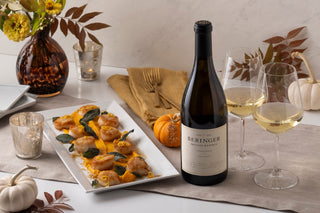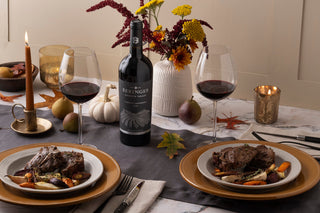Wine and cheese have been celebrated culinary companions for centuries, with their diverse flavors and textures enhancing each other in delightful and unexpected ways. Whether you're hosting a dinner party, enjoying a casual evening at home, or planning a sophisticated tasting event, understanding the principles behind wine and cheese pairings can elevate your culinary experience to new heights. In this guide, we'll explore the fundamentals of pairing wine and cheese, offering tips, insights, and recommended Beringer combinations to help you create memorable and harmonious flavor combinations.
Understanding Flavor Profiles
Before delving into specific pairings, it's essential to understand the basic flavor profiles of both wine and cheese. Wine encompasses a wide range of flavors, influenced by factors such as grape variety, region, and winemaking techniques. Key characteristics to consider include acidity, sweetness, tannins (in red wines), and fruitiness.
Similarly, cheese boasts a diverse array of flavors, influenced by factors such as milk type, aging process, and production method. Common flavor profiles in cheese include creaminess, saltiness, tanginess, nuttiness, and earthiness.
Principles of Pairing
When pairing wine and cheese, the goal is to create complementary or contrasting flavor combinations that enhance the overall tasting experience. Here are some fundamental principles to keep in mind:
1. Match Intensity: Pair wines and cheeses of similar intensity levels to avoid overpowering one another. For example, light-bodied wines like Sauvignon Blanc pair well with delicate cheeses like fresh goat cheese, while bold red wines like Cabernet Sauvignon complement robust cheeses like aged Cheddar or Parmigiano-Reggiano.
2. Consider Texture: Pair wines and cheeses with complementary textures to create harmonious mouthfeel. Creamy cheeses like Brie or Camembert pair well with buttery Chardonnay, while hard cheeses like Manchego or Gouda complement structured red wines like Merlot or Cabernet Sauvignon.
3. Balance Flavors: Seek balance by pairing wines and cheeses with complementary or contrasting flavors. For example, the acidity of a crisp Sauvignon Blanc can cut through the richness of a creamy goat cheese, while the sweetness of a Riesling can balance the saltiness of a tangy blue cheese.
4. Regional Pairings: Explore regional pairings by matching wines and cheeses from the same geographic area. For instance, pair Italian Sangiovese with Parmigiano-Reggiano or Pecorino Romano, or enjoy French Champagne with creamy Brie or aged Comté.







